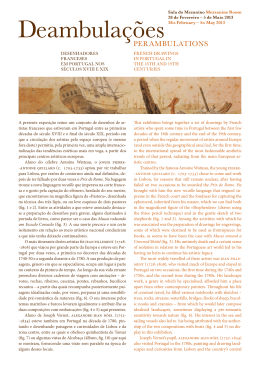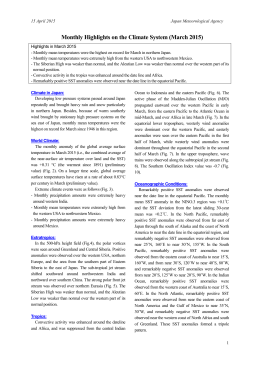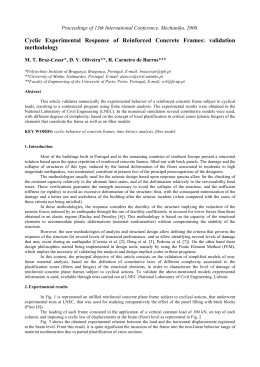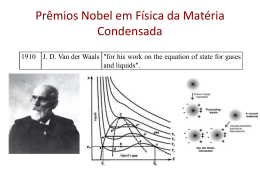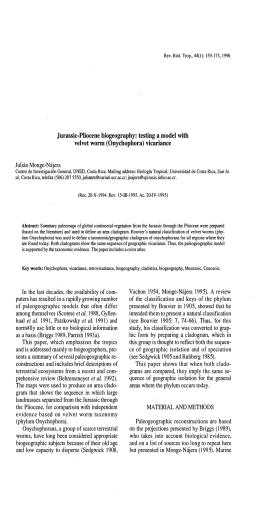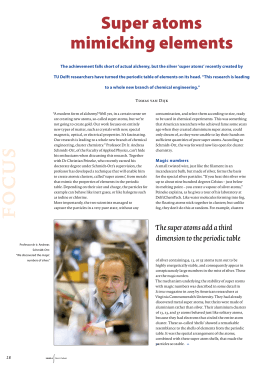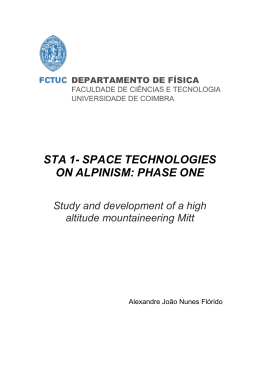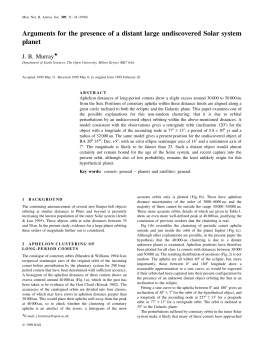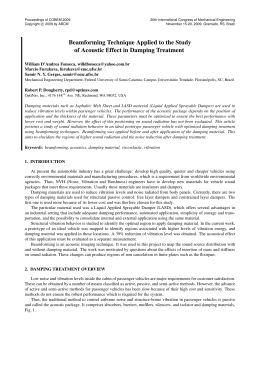Physica B 284}288 (2000) 287}288 Rotation measurements with a super#uid He gyrometer Yury Mukharsky *, Olivier Avenel , ED ric Varoquaux CEA-DRECAM, Service de Physique de l+E! tat Condense& , Centre d+E! tudes de Saclay, 91191 Gif-sur-Yvette Cedex, France CNRS-Laboratoire de Physique des Solides, BaL t. 510, Universite& Paris-Sud, 91405 Orsay, France Abstract We report the "rst precision rotation measurements with a super#uid He gyrometer. This device operates in the Josephson non-hysteretic regime. Its practical sensitivity could ultimately compare with those of ring lasers and atom interferometers. 2000 Elsevier Science B.V. All rights reserved. Keywords: He super#uid; Josephson e!ect; Rotation measurements The sensitivity of super#uid gyrometers is limited in He by intrinsic critical velocity #uctuations and one cannot be very optimistic about their future [1,2]. For the same device operated in super#uid He there is no such limitation as long as phase slips do not occur (i.e. in the Josephson regime) and we "nd that the basic operation is also much simpler. Our gyrometer is a miniature Helmholtz resonator with a single micro-ori"ce (0.18 lm;2.8 lm) and, in parallel, a 5.9 cm rotation pick-up loop made of a twoturn coil of 0.4 mm i.d. capillary. The plane of the loop of oriented area A is a local vertical plane. The circulation trapped in this loop by the Earth rotation "eld, i "2X ) A, is varied by changing the orientation of the V = cryostat about the vertical axis. This reorientation changes the phase bias across the ori"ce and also changes the resonance frequency when the current}phase relationship departs from linearity [3]. A typical curve of the resonance frequency versus trapped circulation normalized to the quantum of circulation i is represented in Fig. 1. Maximum rotation sensitivity is obtained when the gyrometer is biased in a region of maximum slope. This slope is governed, in particular, by the parallel path inductance and by the temperature. It can be made arbitrarily large by tuning the device close to the point where its response becomes hysteretic. * Corresponding author. E-mail address: [email protected] (Yu. Mukharsky) At a "xed cryostat orientation, corresponding to the operating point indicated by the arrow in Fig. 1, the resonance frequency was tracked by monitoring the phase di!erence between a small excitation at constant frequency and the response signal of the resonator. The time evolution of the deviation of the phase from its average value is represented in the inset of Fig. 2 for an observation period of 9 h. The power spectrum of this error signal is plotted in Fig. 2. The normalization of the power spectrum is chosen so that rotations are referred to the axis perpendicular to the plane of the pick-up loop. The down-turn at high frequency in Fig. 2 is due to electronic "ltering. This "gure represents the useful sensitivity of the gyrometer, 14;10\ (rad/s)/(Hz, an improvement of nearly three orders of magnitude over the He gyrometer. As was the case with super#uid He, we usually observe, when cooling through ¹ , a non-zero circulation bias not accounted for by the Earth rotation. This bias has been subtracted from the data shown in Fig. 1. In He, the bias was easily changed by tapping gently on the cryostat. Somewhat surprisingly, super#uid He is far less sensitive to mechanical disturbances. However, sudden changes of the bias have been recorded occasionally with no apparent cause. Also, at times, the system has been observed to switch to a di!erent current}phase relationship [3], again with no apparent cause. This somewhat erratic behavior is under investigation. It is in particular thought that stabilizing the texture of the n vector in the cell should prevent changes from a current}phase determination to another. 0921-4526/00/$ - see front matter 2000 Elsevier Science B.V. All rights reserved. PII: S 0 9 2 1 - 4 5 2 6 ( 9 9 ) 0 2 6 1 9 - 8 288 Yu. Mukharsky et al. / Physica B 284}288 (2000) 287}288 Fig. 1. Resonance frequency versus trapped circulation at 0.2 bar and 0.614¹ in super#uid He}B. The Q factor of the resonator is appoximately 100. The horizontal line represents the large signal resonance frequency [3]. We believe that the present sensitivity is essentially limited by rotational noise in the cryostat environment. The He temperature was stabilized with an LCMN thermometer to within 1 lK for periods of several days. Temperature drifts in the cold parts of the experimental set-up do not seem to be a problem in these measurements. Temperature drifts at room temperature a!ect the air legs on which the cryostat is suspended, causing small rotations of the whole set-up. These experiments are preliminary and much room is left for improvement. A gain by two orders of magnitude can reasonably be expected. Such a gain would make this device as sensitive as state of the art ring lasers and atom interferometers which can presently resolve 13 and 8;10\ (rad/s)/(Hz, respectively [4]. Fig. 2. Smoothed power spectrum of the drift signal of the gyrometer biased at the operating point shown in Fig. 1 recorded over a 9 h period. The cut-o! at high frequencies is due to electronic "ltering. The inset displays the actual drift versus time. The vertical axis on the right shows the corresponding reading dX of the gyrometer in units of X "X ) A/A, the e!ect # = of the Earth rotation at the latitude of Saclay. References [1] O. Avenel, P. Hakonen, E. Varoquaux, J. Low Temp. Phys. 110 (1997) 709, and references therein. [2] Yu. Mukharsky, O. Avenel, E. Varoquaux, J. Low Temp. Phys. 113 (1998) 915. [3] O. Avenel, Yu. Mukharsky, E. Varoquaux, in these Proceedings (LT-22), Physica B 284}288 (2000). [4] G.E. Stedman, M.A. Kasevich, APS March Meeting, Atlanta, USA, 1999.
Download


